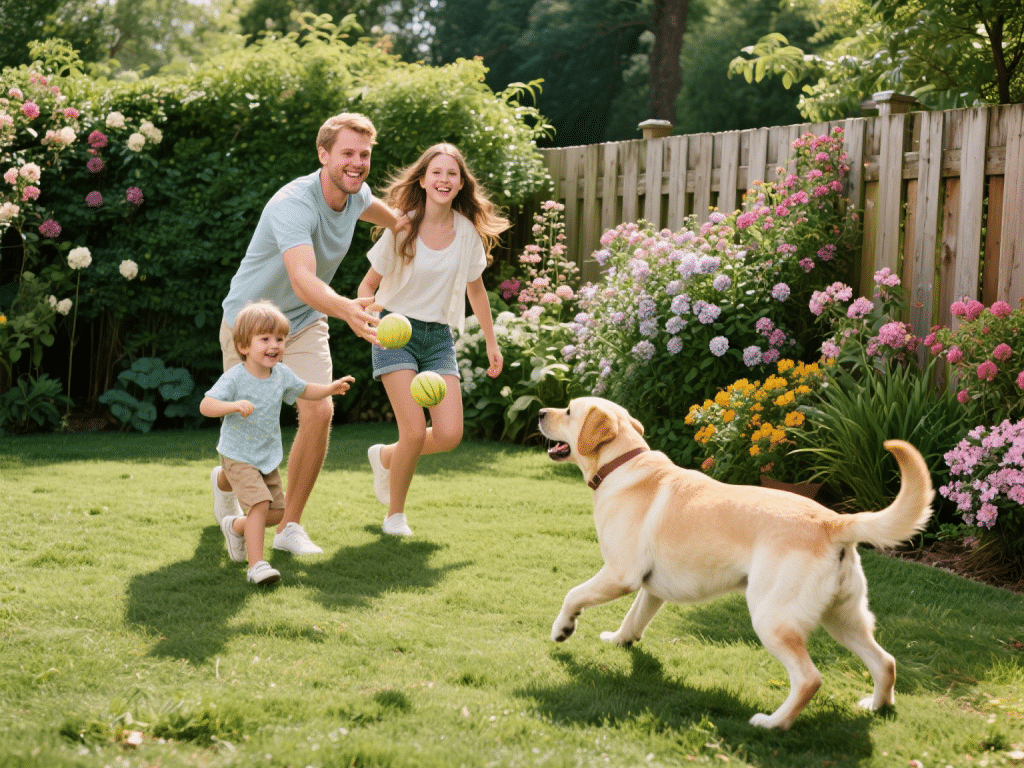
Building a Pet-Friendly Yard: Safe Plants, Fences, and Play Zones
A thoughtfully designed yard offers pets fresh air, exercise, and sensory enrichment. Howe...
Over 54% of dogs and cats in developed nations are overweight or obese (Association for Pet Obesity Prevention). This condition reduces lifespan by up to 2.5 years and increases risks for:
Diabetes mellitus
Osteoarthritis
Cardiovascular strain
Hepatic lipidosis (cats)
Heat intolerance
Calorie Control Protocol:
Calculate RER: Resting Energy Requirement = (30 × body weight in kg) + 70
Activity Multiplier:
Sedentary: × 1.2
Active: × 1.6
Weight Loss: × 0.8
Measure Religiously: Use digital kitchen scales for kibble. For wet food, note calories/can.
Treat Budgeting: Allocate ≤10% daily calories to treats. Substitute with air-popped plain popcorn or steamed green beans.
Commercial Food Pitfalls:
Always verify kcal/cup on manufacturer’s website - values vary significantly between brands
Beware “grain-free” labels often compensating with high-calorie legumes
Canine Conditioning:
Interval Walking: 3 minutes moderate pace + 1 minute brisk pace (repeat 5x)
Incline Work: Find 10-15° hills; 5 minutes uphill burns equal to 15 minutes flat terrain
Cognitive Exercises: Food puzzles increase mental exertion by 30% (Journal of Veterinary Behavior)
Feline Fitness Engineering:
Vertical Space Utilization: Install wall shelves creating “superhighways”
Hunt-Feeding: Hide 20-piece kibble portions in 5 locations
Laser Chase Protocol: Always end with tangible reward (toy/treat) to prevent frustration
Diagnostic Tools:
Body Condition Scoring (BCS): Learn 9-point scale palpation technique
Morphometric Measurements: Track abdominal girth monthly
Blood Work: Baseline thyroid panel + glucose before weight loss programs
Red Flags Requiring Vet Consult:
Sudden weight gain despite controlled intake
Asymmetric abdominal enlargement
Panting at rest in cats
Environmental Cues: Place food bowls away from resting areas to prevent grazing
Water Enhancement: Install pet water fountains - increased hydration aids satiety
Tech Integration: Use activity monitors like FitBark or Whistle to track trends
Relapse Prevention:
“Weight management isn’t a diet - it’s metabolic rehab,” states Dr. Sarah Weston, DACVIM. Monthly weigh-ins and BCS checks prevent “creeping obesity.” Consider therapeutic foods like Hills Metabolic or Royal Canin Satiety Support for persistent cases.
Commit to 6-month reassessments. Most pets reach ideal weight in 8-12 months with consistent protocols. The reward? Up to 32% fewer vet visits and potentially 2 extra years of shared adventures.

A thoughtfully designed yard offers pets fresh air, exercise, and sensory enrichment. Howe...

IntroductionRegular cat claw maintenance is vital to prevent overgrowth, reduce furniture ...
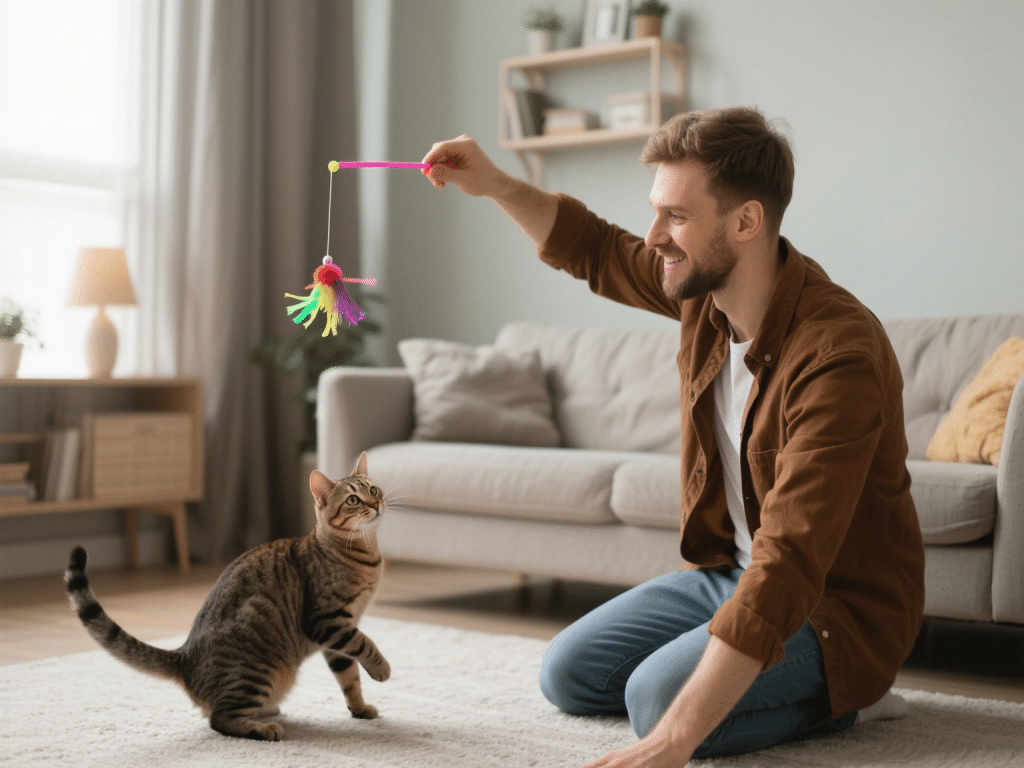
IntroductionIndoor cats often lack opportunities for exercise and can become overweight, l...

IntroductionAquarium hobbyists increasingly seek sustainable decor choices to minimize env...
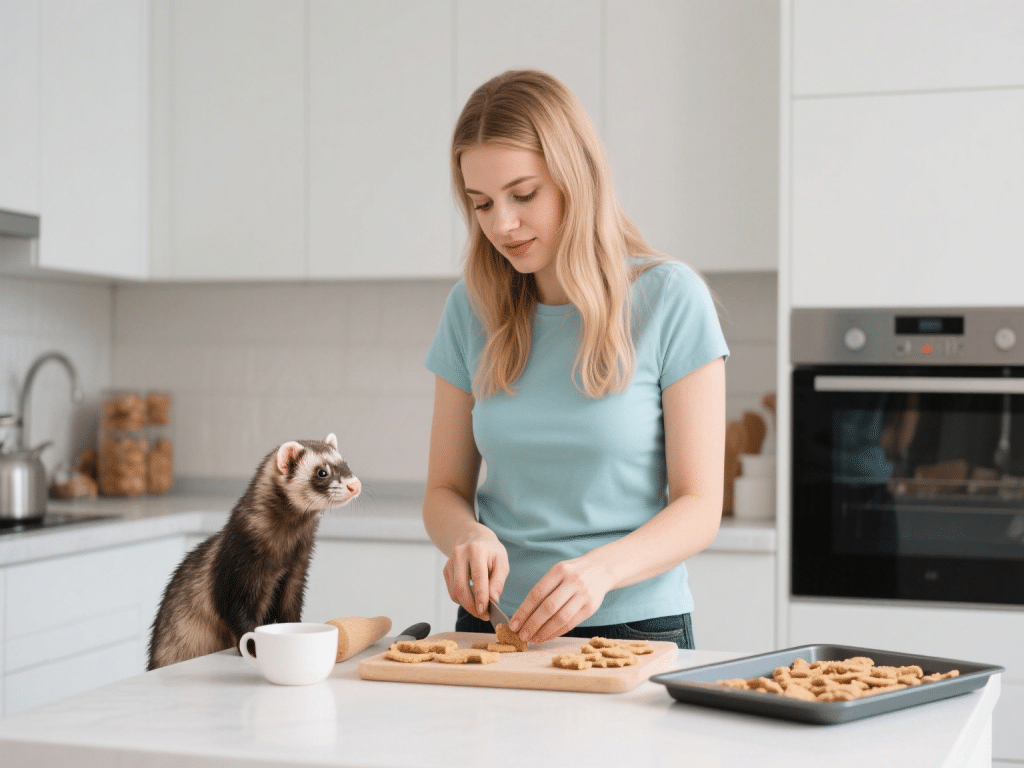
IntroductionFerrets are obligate carnivores requiring high-protein, low-carb diets. While ...

IntroductionWalking your dog provides physical exercise, mental stimulation, and bonding t...
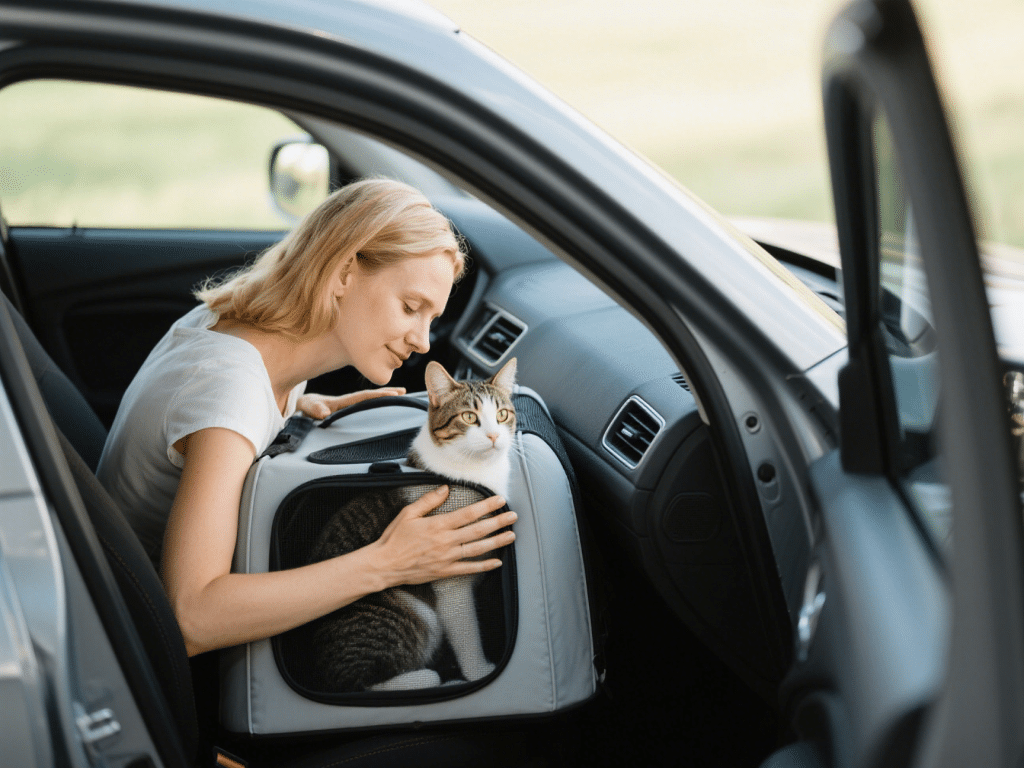
IntroductionCar travel can be stressful for cats, who often associate carriers and vehicle...

IntroductionCommon household cleaners contain chemicals that can irritate your pet’s ski...
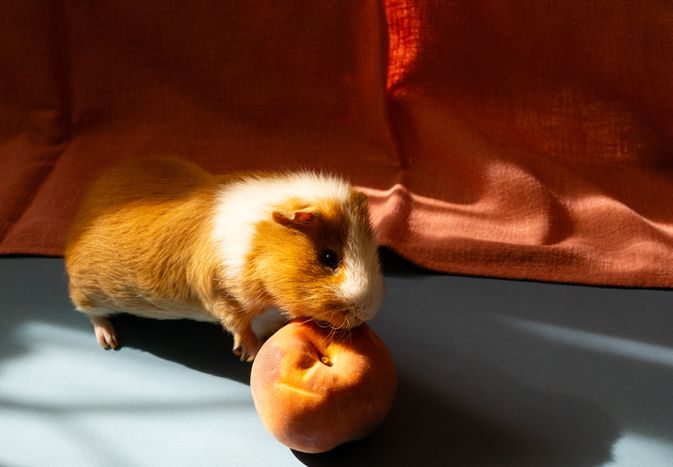
Guinea pigs are herbivorous rodents that not only need but enjoy a variety of hay, vegeta...
Comments on "Preventing Pet Obesity: How to Keep Your Pet Healthy and Fit" :